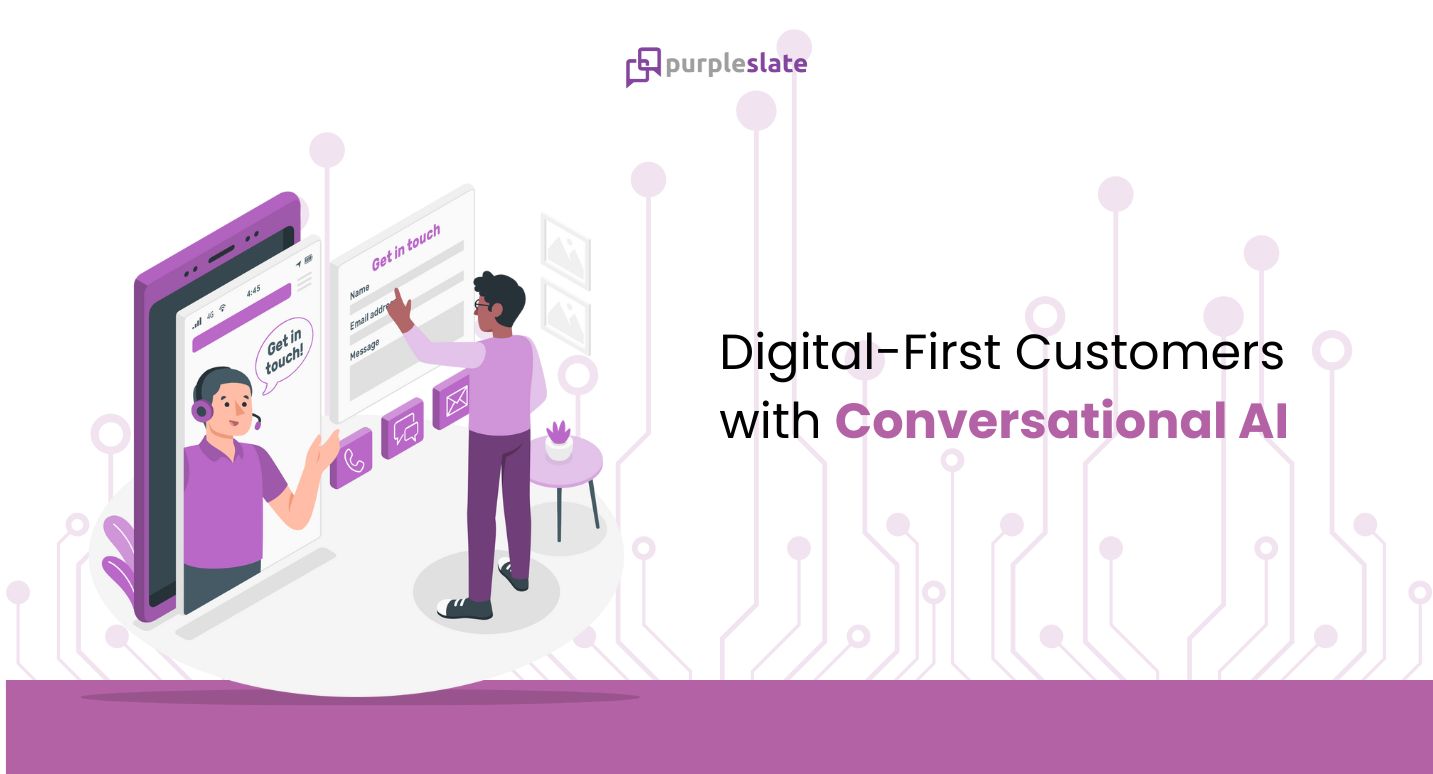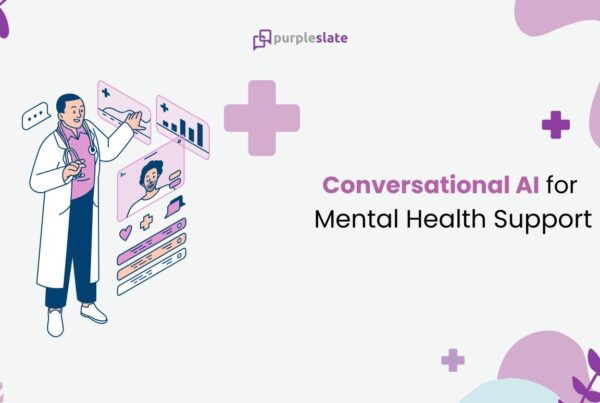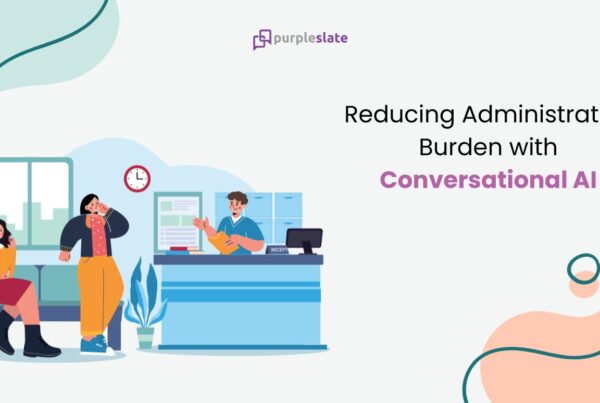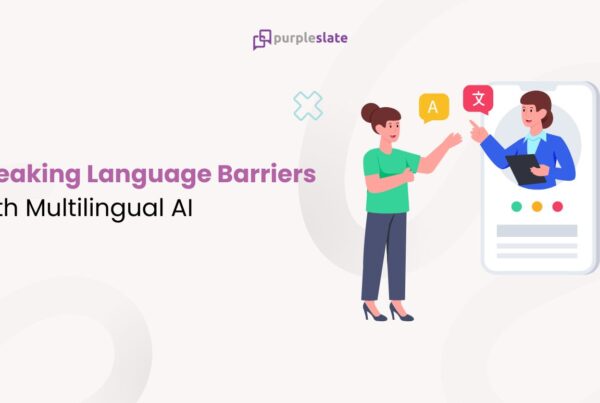
Introduction
For decades, the insurance sector has relied on traditional methods like in-person meetings, paper-based documentation, and lengthy approval processes. While these approaches were once the norm, today’s digital-first consumers expect a different experience. They demand quicker responses, seamless digital access, and the ability to interact across multiple channels with ease. This growing divide between established industry practices and the needs of modern, tech-savvy customers presents a significant challenge for insurers looking to stay competitive.
As digital-first customers gravitate toward companies offering instant quotes, personalized recommendations, and 24/7 accessibility, traditional insurers face increasing pressure to adapt or risk losing market share. These customers are no longer willing to wait days for responses, deal with complex paperwork, or navigate outdated systems. The frustration grows with every slow claim process or policy query, pushing them toward more agile, tech-driven competitors.
This is where conversational AI steps in as the bridge. Offering personalized, efficient, and real-time communication, conversational AI empowers insurers to keep pace with the demands of their digital-first customers while maintaining the trust and reliability of traditional models. By integrating AI-driven chatbots and virtual assistants into their customer service operations, insurance companies can meet expectations without sacrificing quality, speed, or efficiency.
Understanding the Divide: Traditional Insurance vs. Digital-First Customers
Before diving into the differences between traditional insurance and digital-first customer expectations, it’s crucial to understand how the industry has evolved. While legacy insurance practices were once the cornerstone of customer service, today’s consumers demand more streamlined, tech-driven experiences. Below is a comparison that highlights the key distinctions between traditional insurance approaches and the expectations of digital-first customers.
| Aspect | Traditional Insurance | Digital-First Customers’ Expectations |
|---|---|---|
| Interaction Method | In-person meetings, phone calls, paperwork | Instant online interactions, mobile apps, chatbots |
| Response Time | Lengthy approval processes, delayed responses | Real-time support and instantaneous service |
| Customer Touchpoints | Single-channel (agent or broker) | Multichannel (apps, social media, voice assistants) |
| Documentation | Paper-heavy, manual processes | Digital documents, e-signatures, automated workflows |
| Service Personalization | Generalized product offerings, limited customization | Personalized policies, tailored to individual needs |
| Claim Processing | Slow, manual, often requiring multiple steps | Fast, automated claims, real-time tracking |
This comparison showcases the growing gap between traditional practices and modern customer expectations, emphasizing the need for insurers to adapt to meet the evolving demands of the digital age.
The Role of Conversational AI in Modern Insurance
Enter conversational AI—a technology designed to transform customer interactions by mimicking human-like conversations through natural language processing (NLP). In the insurance industry, conversational AI has the potential to revolutionize everything from customer support to policy management, bridging the gap between traditional processes and modern expectations.
Conversational AI enables insurers to provide round-the-clock support without human intervention. Customers can interact with AI-powered chatbots or virtual assistants to get instant answers to their queries, process claims, or even purchase new policies. Whether it’s a simple question about coverage or an urgent claim after an accident, conversational AI ensures there’s no waiting time, regardless of the time of day.
This technology not only improves customer experience but also streamlines internal processes, allowing insurance companies to automate repetitive tasks like document submission, policy renewals, and basic customer inquiries. With conversational AI handling routine queries, human agents are free to focus on more complex cases, improving efficiency across the board.
Enhancing Customer Experience with Conversational AI
Customers today demand personalization, and conversational AI delivers just that. By integrating AI-powered systems with customer data, insurers can personalize interactions based on individual preferences, policies, and past behavior. For example, AI can recognize returning customers, remember their preferences, and offer personalized policy suggestions based on their needs, without them having to repeat information.
Moreover, conversational AI operates across multiple channels—whether it’s through a website chatbot, a voice assistant on a smart device, or even messaging apps. This omnichannel approach ensures that customers can engage with insurers through their preferred medium without losing the thread of the conversation. A customer who starts a conversation via the chatbot on the website can seamlessly continue it over the phone or via a messaging app, creating a frictionless experience.
The ability to provide instant, 24/7 support through conversational AI means customers no longer need to wait for business hours to have their queries answered. Whether it’s a quick question about their policy or help with filing a claim, AI-powered systems ensure swift and accurate responses, which builds trust and satisfaction.
Overcoming Challenges in Traditional Insurance with Conversational AI
Traditional insurance processes present numerous challenges, from inefficiencies to lack of clarity. Conversational AI offers practical solutions to address these pain points:
Lengthy Paperwork and Delayed Claims Processing:
Traditional claim filing involves back-and-forth communication and manual document submission, often taking days or weeks.
Solution: Conversational AI guides customers through the process, collecting documents and information in real time, streamlining claims for faster resolution.
Complex Policy Renewals and Updates:
Managing policy renewals or purchasing new policies can be a time-consuming process, often requiring interactions with agents and physical documentation.
Solution: AI-powered chatbots enable customers to manage their policies seamlessly, from renewals to updates, without waiting for agent involvement.
Miscommunication and Lack of Policy Clarity:
Insurance customers often struggle with understanding the terms and coverage of their policies, leading to frustration and confusion.
Solution: Conversational AI breaks down complex terms and explains them in simple, easy-to-understand language, ensuring transparency and reducing confusion.
Manual Errors in Routine Tasks:
Traditional insurance processes involve repetitive manual tasks such as data entry and documentation, which are prone to human error.
Solution: AI-driven automation reduces the risk of human error by handling routine tasks accurately and efficiently, ensuring policy updates and data entry are timely and error-free.
Conversational AI as a Catalyst for Insurance Innovation
Beyond addressing the current gaps between traditional insurers and digital-first customers, conversational AI is driving innovation within the insurance sector itself. As the technology evolves, insurers are embracing new ways to offer more flexible, agile, and customer-centric models that meet the ever-changing needs of the modern consumer.
One of the most exciting prospects is the rise of self-service platforms that allow customers to manage nearly every aspect of their insurance policies without human intervention. Through conversational AI, customers can receive quotes, purchase policies, make claims, and update their coverage autonomously, all while benefiting from personalized, AI-driven guidance.
AI-powered systems are also beginning to enable advanced insights for underwriting and risk assessment, allowing insurers to offer more tailored policies. By analyzing customer data, conversational AI can recommend appropriate coverage based on individual risk profiles, habits, and preferences, ensuring that policies are more aligned with customers’ actual needs.
As conversational AI solutions continues to advance, the potential for further innovation in insurance is enormous. Whether it’s enabling predictive insights or enhancing customer interactions with voice-based AI assistants, the future of insurance will be defined by how well companies integrate this technology into their operations.
Conclusion
As customer preferences evolve, insurers face the challenge of modernizing their services to stay competitive. Conversational AI provides a game-changing solution by aligning insurance services with the expectations of today’s digitally savvy customers. Offering real-time support, personalized interactions, and simplified processes, this technology ensures a more engaging and seamless experience. By embracing conversational AI, insurers can enhance customer satisfaction, improve operational efficiency, and build a stronger, more resilient relationship with their clients.




